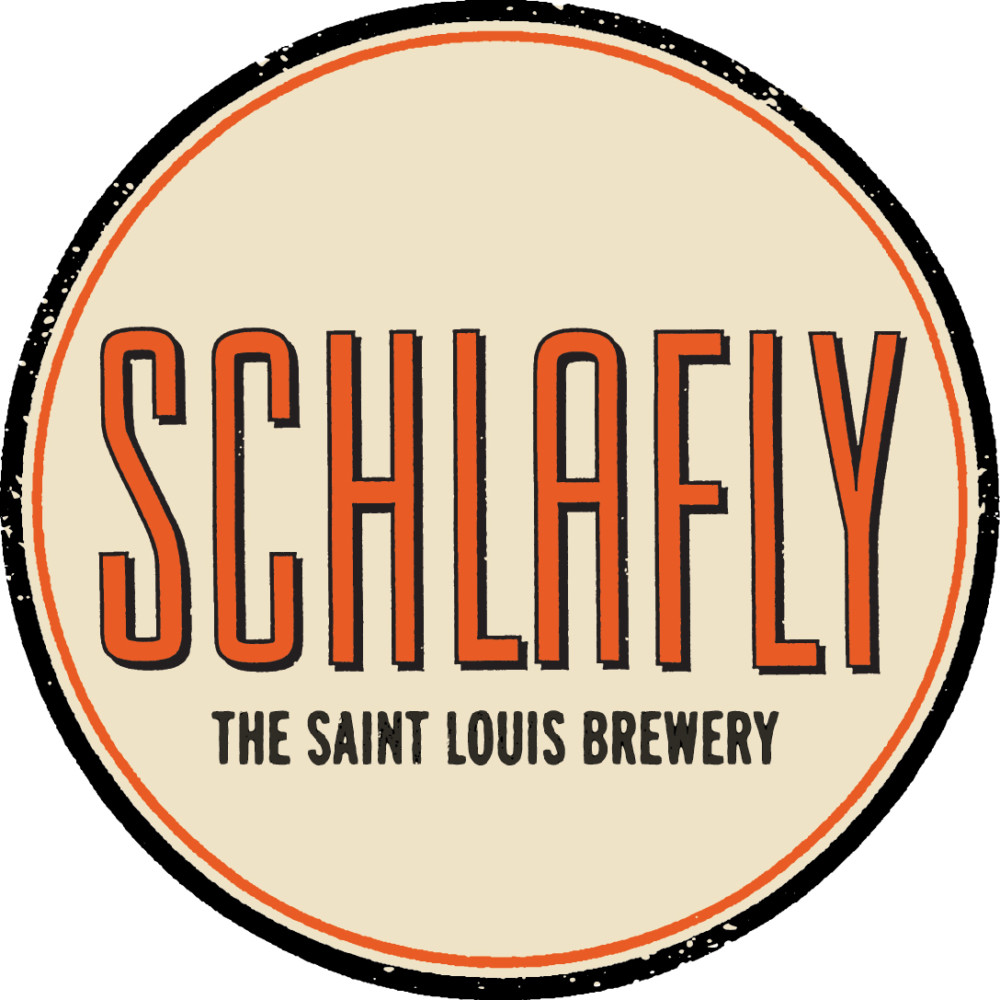This is a new type of post that I might do from time to time: reviews of big trademark cases in the news. I’m hoping to break down some trademark stories you may have heard about. But I want to do that in a way that’s easy to understand. And I want it to be entertaining. The Schlafly trademark opposition seemed like a good candidate for me to try this out on because: (1) it’s a big story in St. Louis, and (2) Schlafly is my favorite brewer. (My favorite beer is the seasonal Tasmanian IPA, which should be back in stores very soon). Let me know if you have any feedback on the format, content… really anything I can do to make these big trademark stories into something that you would want to read about.
Background
The Saint Louis Brewing Company opened in 1991 as a microbrew. It was founded by Dan Kopman and Thomas Schlafly. While initially only available on draft, its beer is now widely available throughout the midwest and even several cities on the east coast, under the name SCHLAFLY. The Schlafly beer selection includes several year-round brews, and many seasonal offerings, as well. I strongly recommend you visit Schlafly Bottleworks, which has some great food, as well.
Thomas Schlafly is the nephew (by marriage) of famed conservative political activist Phyllis Schlafly. She is probably most notable for her opposition to the failed Equal Rights Amendment of the 1970s. Also, she is the second-most notable Phyllis with ties to the St. Louis area. (The most-notable of course would have to be Phyllis Diller.) Given her famous name and conservative values, and the type of products sold by her nephew, you can probably start to see where this is going…
Schlafly Trademark Application
On November 29, 2011, The Saint Louis Brewing Company filed an application with the Trademark Office for the SCHLAFLY trademark. Of course, at this point they had been using that name for their beer brand for many years. The application stated that it had been using the SCHLAFLY name since at least January 1998. The Trademark Office reviewed and approved it, and then published it for opposition.
Opposition
The SCHLAFLY trademark application actually had multiple trademark oppositions filed to prevent its registration. However, only two of the oppositions were eventually ruled on by the Trademark Trial & Appeal Board (TTAB). The TTAB is like the court system for trademark cases under the U.S. Patent & Trademark Office. Among other types of trademark cases, they hear opposition cases where one party tries to prevent another party’s registration of a trademark.
The two oppositions were Dr. Bruce S. Schlafly v. The Saint Louis Brewing Company, LLC (Opposition No. 91207224) and Phyllis Schlafly v. The Saint Louis Brewing Company, LLC (Opposition No. 91207225). Dr. Bruce Schlafly is Phyllis Schlafly’s son. In order to oppose the Schlafly mark’s registration, each had to show proper “standing” to oppose. That just means that they must have a “real interest” or “direct and personal stake” in the outcome. Both Phyllis and Dr. Schlafly showed standing because they share the name Schlafly and claimed that they would be damaged by registration. Dr. Schlafly is a medical doctor, who uses his name in his practice. His opposition was based on the premise that in his practice alcohol has “negative connotations.” Phyllis Schlafly had standing because many of her followers, who are conservative, view alcohol as immoral.
Both oppositions were based on a rule that states that a trademark is not registerable if they primarily consist of a surname. Obviously, the SCHLAFLY trademark is the surname of Thomas Schlafly. However, marks that are primarily a surname are registerable with a showing of acquired distinctiveness. This means that the brand has become famous or popular enough that a significant portion of the buying public associates the mark with the source of the product. The TTAB dismissed both oppositions on the basis that the SCHLAFLY trademark had gained this acquired distinctiveness.
Acquired Distinctiveness
The TTAB arrived at the conclusion that the SCHLAFLY trademark had acquired distinctiveness after considering several things. First, The Saint Louis Brewing Company began using the name SCHLAFLY in 1991, and increasing its presence over time. They also considered the large volume of sales under the SCHLAFLY trademark. The evidence showed that in 2014, they sold over 12 million 12-ounce beers (combined bottle and can totals), and over 5 million draft beers. By 2014, revenues for Schlafly had increased to almost ten-times what they were in 1999. The many awards won by Schlafly over the years were also considered. Ultimately, the TTAB determined that the SCHLAFLY trademark was registerable because the evidence showed that it had acquired distinctiveness:
“Applicant has shown that it has established, over more than two decades, a substantial business and has vigorously promoted its beer under the mark SCHLAFLY in such a way as to have created, among its customers, an association between its mark and its goods.”
Conclusion
The TTAB dismissed the oppositions to registration of the SCHLAFLY trademark. Also dismissed: the chances of any future Thanksgiving dinners not being ridiculously awkward. I hope you’ve enjoyed my first attempt at a case summary. And of course, if you have any trademark matters you would like to discuss, please feel free to call me at (480) 360-3499, email me at kevin@yourtrademarkattorney.com, or complete the contact form found on this page to schedule your free initial consultation today. I look forward to speaking with you.


